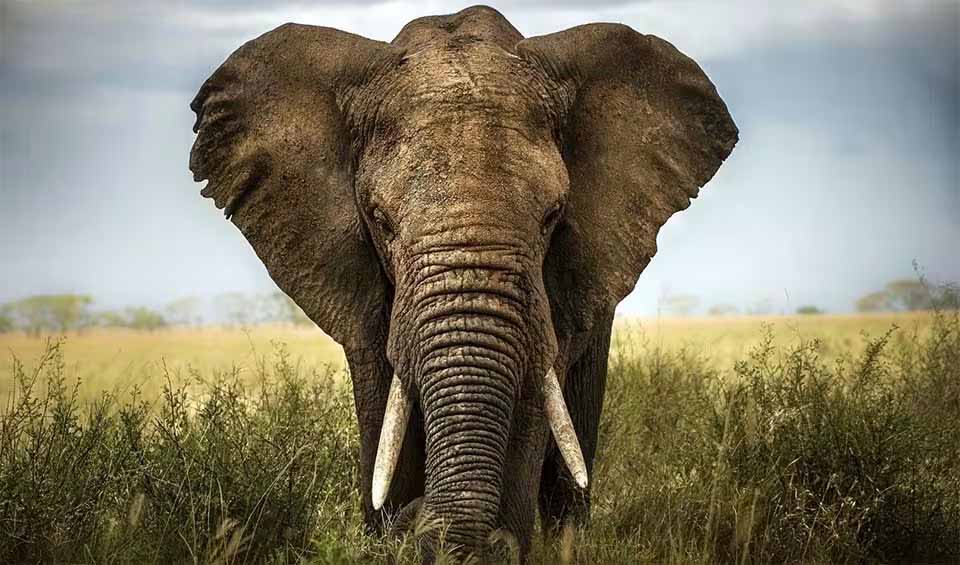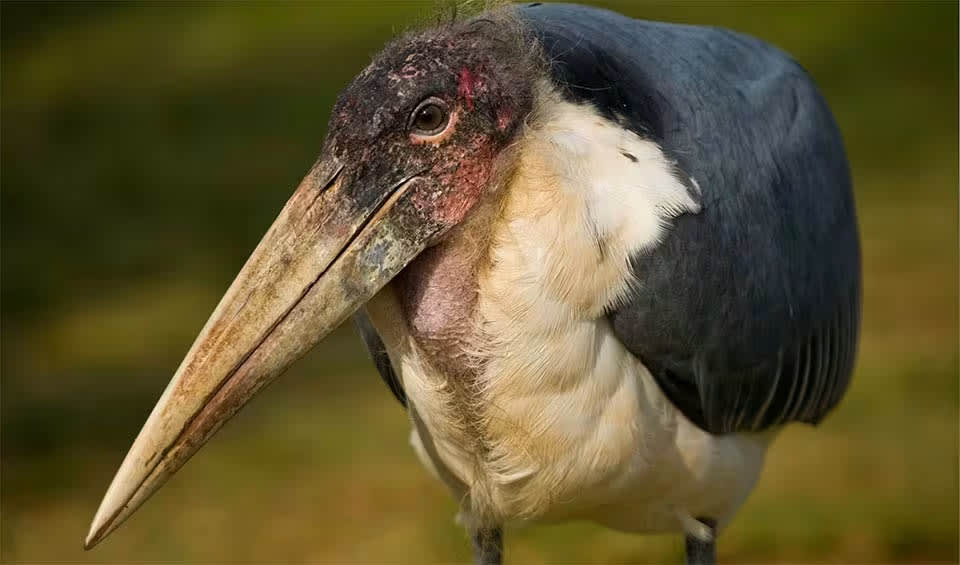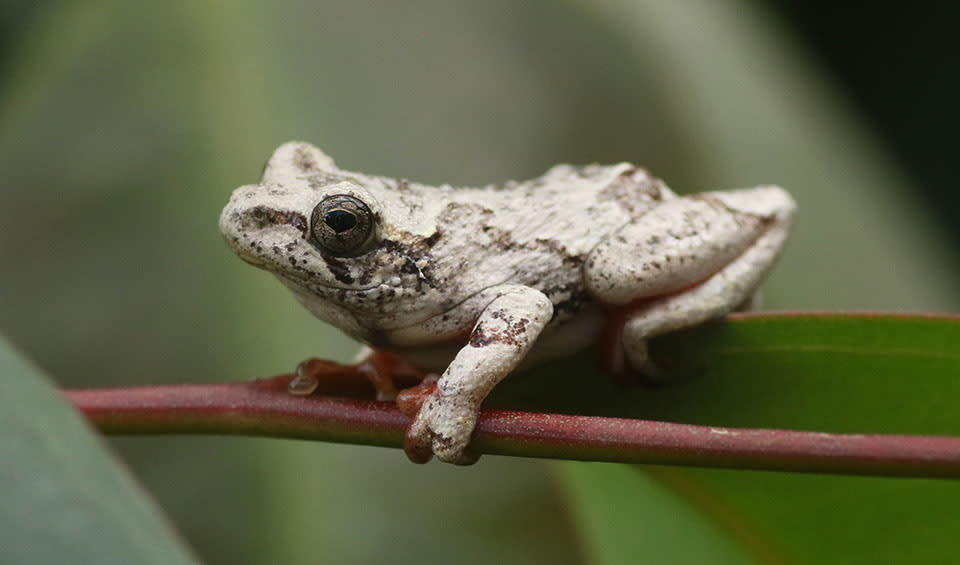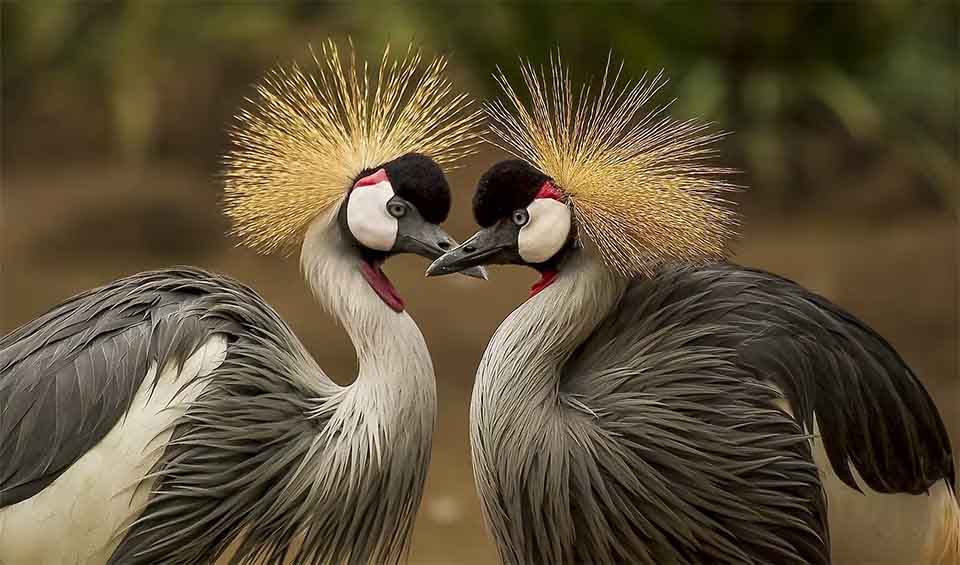Tanzania is an East African country that is well-known around the world for its incredible biodiversity. It hosts diverse landscapes including lush forests, stunning coastal areas and expansive grasslands. The Serengeti national park, famous for its vast savannahs and the spectacular annual migration of millions of wildebeest, zebras, and other wild species. Tanzania is home to all of Africa’s Big Five- lion, elephant, buffalo, leopard, and rhinoceros. Its plant species rank among the best in the world. All these factors support the country’s tourist industry, which totals for 9% of its GDP.
Challenges such as habitat loss outside protected areas, threatening endangered species such as the black rhino, savannah elephant and wild dog. About 43.7% of its land is protected, yet pressure from development and agriculture still exists. Sustainable management practices and improved governance are critical to conserving Tanzanian biodiversity and ensuring the long-term health of its ecosystems, which play vital roles in supporting livelihoods and maintaining ecological balance.
Four pillars elaborated:
Protected areas in Tanzania, known as Hifahdi za Mali hai za Tanzania in Swahili, covering about one-third of the country’s total area. These protected regions
include national parks, game reserves, marine parks, and forest reserves, totaling
840 PAs. Overall, about 43.7% of Tanzania’s land area is protected or conserved,
with terrestrial and inland waters covering 39.94% and marine and coastal areas
covering 3.05%. Coastal and marine areas receive less protection compared to terrestrial ecosystems. Land Management
Land Management
Wetland resources, covering approximately 10% of the land, play critical roles in
groundwater recharge, flood control, water retention, electricity production, and
preventing eutrophication in rivers and lakes. These areas support unique biota.
Tanzania also has 23 national parks with an area of more than 99,306.5 km² (38342mi²), as well as 8 transboundary conservation zones. These parks, which are run by the Tanzania National Parks Authority (TANAPA), have well-known attractions like the Serengeti and Arusha. The highest level of protection is offered to Nature Forest Reserves (NFRs), which are governed by the Tanzania Forest Services (TFS) agency. Timber and animal extraction is strictly prohibited in these while research, education, and nature-based tourism are encouraged.
Tanzania is a critical hotspot for biodiversity, with the 11th-highest number of
species listed as threatened by the International Union for Conservation of Nature
(IUCN). Tanzania is the country in Africa with the greatest number of threatened
species, with 1,591 species listed as Endangered, Vulnerable, or Critically Endangered. The main threats to Tanzania’s biodiversity are overgrazing, resource overexploitation, bushfires, and dependency on fuel wood. Overgrazing causes soil erosion and vegetation loss, resource overexploitation drains natural resources more quickly than they can be renewed. Large tracts of vegetation are destroyed by bushfires, and demand for fuel wood contributes to deforestation. Threats to Biodiversity
Threats to Biodiversity
Illegal hunting, unplanned settlements, human animal conflict and livestock migration are other significant threats. Marine and coastal ecosystems suffer from declining resources and coral reef destruction due to destructive fishing practices like dynamite fishing.
Poor agricultural practices and deforestation contribute to water pollution and drought. Poverty and lack of information on genetic resources worsen the situation, as many communities remain unaware of biodiversity conservation’s importance.
Tanzania is working on protecting its natural environment through strategies that relate biodiversity to poverty reduction and economic growth. Initiatives like Joint Forest and Wildlife Management Areas (WMAs) have encouraged communities to participate in environmental management through public awareness programs.
These joint efforts enable local people to manage natural resources in a sustainable
manner, with benefits from wildlife tourism and sustainable projects such as beekeeping. Tanzania has strengthened its enforcement of environmental laws and
local regulations, guided by the Wildlife Policy aimed at conserving biodiversity
and promoting sustainable wildlife utilization for socio-economic benefits. Capacity and Governance
Capacity and Governance
But, there are challenges in regulating legal wildlife trade controlled by CITES.
Enforcing quotas and tracking exports is costly in terms of funds. Plus, the
problems in differentiating between captive-bred or wild-caught specimens persists
despite efforts, which encourages the illegal trade. It’s tragic that despite being just on the brink of extinction and facing numerous threats, endangered creatures are still permitted to be hunted by wealthy trophy hunters, revealing the vulnerability of biodiversity conservation initiatives in Tanzania.
Tanzania’s National Biodiversity Strategy and Action Plan (NBSAP) will address
aquatic, agro, and terrestrial biodiversity with strategies such as policy implementation, regional cooperation, education, research, and ecosystem conservation. Projects like HASHI plan to restore degraded land through tree
planting. The goal of programs like Community Forest Reserves and Wildlife
Management Areas is to involve the local communities in sustainable practices. Future Trends
Future Trends
Challenges include inadequate environmental awareness, limited resources,
restricted budgets and unsustainable farming practices. Strengthening law
enforcement, governance, engaging the private sector, promoting innovative
community conservation strategies, enhancing technical skills, and securing
funding in the biodiversity sector will be very important for effective conservation.
Tanzania ranks 134th in the environmental performance index of 180 countries,
highlighting the uncertain future of its rich biodiversity and, flagging the need for
improved governance, innovative solutions, and enhanced global collaboration to
address biodiversity challenges.
Biodiversity
Tanzania ranks among the world’s most biodiversity-rich countries, housing six of the 25 globally recognized biodiversity hotspots. It boasts a vast array of species, with at least 14,500 confirmed, including a significant number of both endemic and threatened species, positioning it among the top 15 countries worldwide in this regard.The country holds more than a third of Africa’s total plant species and is twelfth globally for bird species diversity. Approximately 40% of Tanzania’s land area is dedicated to protected regions, including forests, wildlife, and marine areas. Additionally, it is home to about 20% of Africa’s large mammal population.
In the table below are the number of known species in several main groups, how many of these species are Threatened with extinction, and how many of them are Endemic (unique to Tanzania only):
| Species (World rank) |
Threatened | % Threatened | Endemic | % Endemic | |
|---|---|---|---|---|---|
| Mammals | 405 (#18) | 41 | 10.1% | 45 | 8.1% |
| Birds | 1,075 (#12) | 47 | 4.4% | 33 | 3.1% |
| Reptiles | 357 (#25) | 34 | 9.5% | 90 | 25.2% |
| Amphibians | 207 (#21) | 61 | 29.5% | 90 | 43.5% |
| Fishes | 1,174 (#19) | 211 | 11.9% | 108 | 6.1% |
| Plants | 14,500 (#16) | 644 | 4.40% | 553 | 3.80% |
mammals
Lion
Tufted-tailed Simba in the plight
African bush elephant
Size matters! The largest of the three elephant species and the largest extant terrestrial creature on our planet
Black rhinoceros
With 3 out of 8 subspecies have been declared extinct, illegal poaching puts these hooked upper lip rhinos in danger
birds
Lappet-faced vulture
The African giant vulture has a wingspan up to 2.80 m (9 ft) wide
Common ostrich
Arabian ostrich, 1 of 4 subspecies, was hunted to extinction in mid-20th century
Marabou stork
This Nature’s cleaners are the largest & heaviest living stork
reptiles
Black mamba
Africa’s most feared snake that would inevitably evoke reactions of fear by just its looks
Nile crocodile
One of the most iconic animals of Africa and the second largest reptile on earth
Leatherback sea turtle
The mysterious diver of the ocean is the largest and only sea turtle without a hard shell and scales
amphibians
Big-eyed tree frog
Most striking feature—its skin coloration which mimic the mottled light patterns created by sunlight filtering through leaves
Guttural toad
Known for its loud, ‘guttural’ croak that can be heard from a distance
Common reed frog
Their horizontal pupils give them a permanently surprised expression
National Animals
Masai giraffe
The giraffe species with largest build
Grey crowned crane
It holds significant cultural and spiritual importance in African cultures, often associated with wisdom, longevity, and good fortune


















